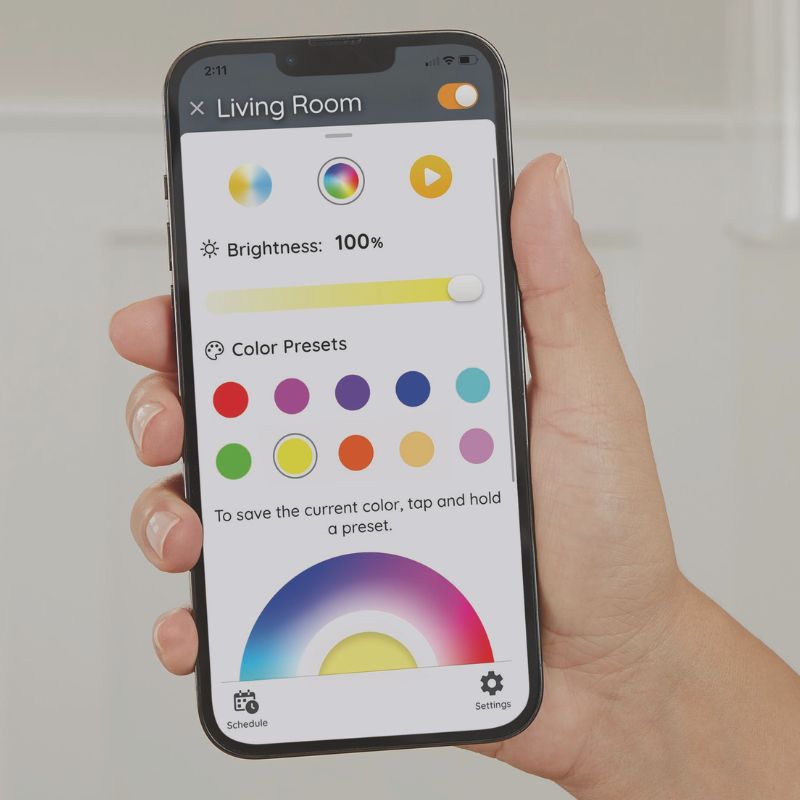Power outages are considered technological disasters, though they can sometimes result from natural events. Throughout history, the U.S. has witnessed countless blackouts with devastating consequences.

Most power outages occur with little to no warning, so don’t wait until you’re confronted with a house of darkness to organize a plan. To give you an idea of the “power” of these events—and remind you of why it’s important to prepare —we’ve rounded up five of the most unforgettable power outages this country has seen.
5. August 11, 1996: Western North America Blackout
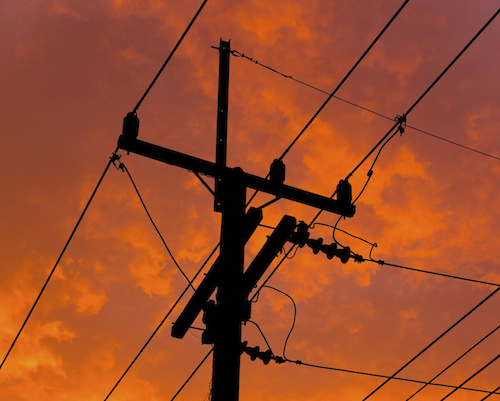
Due to a scorching hot summer and power lines coming into contact with trees, the West Coast experienced widespread power outage in seven states and parts of Canada and Mexico. This blackout was the second of the summer for the West Coast, with a more mild power outage having hit in early July.

4. October 28, 2012: Hurricane Sandy
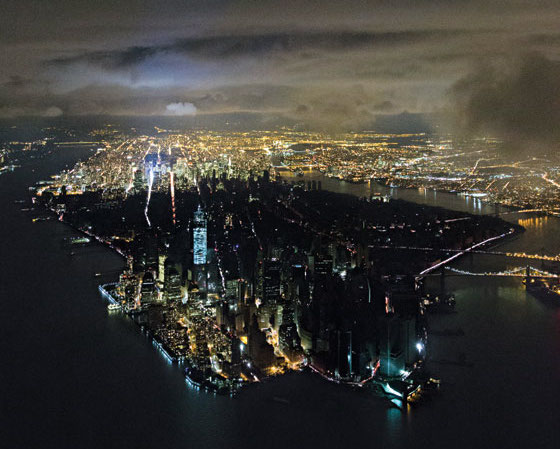
Photo: Iwan Baan/New York Magazine
In late October, the highly anticipated Hurricane Sandy roared through the eastern coast of the U.S., causing $50 billion in damage. High winds and flooding from the originally Category 3 hurricane resulted in power outages for those in 17 states.

3. July 13, 1977: New York City Blackout of 1977
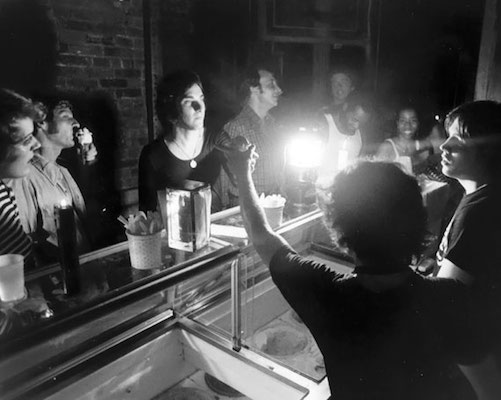
Photo: Paul Hosefros/The New York Times
A relatively restricted blackout for the Northeast, this power outage was contained in New York City and was started by a lightning strike. The blackout brought with it a wave of criminal acts, including looting and vandalism. More than 1,600 stores in the city were damaged.

2. November 9, 1965: Northeast Blackout of 1965

Photo: Everett Collection Historical/Alamy
On a Tuesday evening in 1965, power failed in the city of Buffalo, N.Y. and quickly spread to other cities, states and even countries. The blackout stemmed from a human error when the breaker on a cable in Ontario was set too low. The incredible power grid shut down spanned 80,000 square miles, affecting seven states, as well as areas in Canada.

1. August 14, 2003: Northeast Blackout of 2003

Photo: Mike Albans/New York Daily News
Considered one of the worst blackouts in history, the Northeast Blackout was caused by a software bug. The massive power outage affected areas in eight northeastern and midwestern states, as well as Ontario, Canada. The amount of power lost in these areas added up to 61,800 megawatts (MW) of electricity. That’s equivalent to the amount of energy approximately 5,120 homes use in a year.

Convinced you need to prepare for a potential power outage? One of the easiest ways you can plan for this type of an event is to have a generator, gas and oil on hand.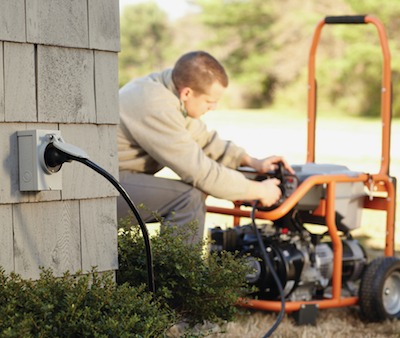
Determining what size generator you need really depends on what you imagine running during a power outage. “If you’re looking to run your refrigerator, appliances and HVAC unit, you want to make sure you have something around a 6500-watt generator,” recommendsTom Wolfe, store manager and weatherization expert at The Home Depot. You can determine the exact wattage you need to power your home through our generator wattage worksheet.
Once you have the right generator for your needs, follow generator safety guidelines and make sure it stays outside the home. “Never keep a generator indoors due to the risk of carbon monoxide entering the home,” explains Tom.
What’s the biggest mistake people make with their generators during blackouts? Hooking up a space heater. “It doesn’t matter if it’s a small space heater or a big one, they all run on 1500 watts and it will use up all your energy. It’s the worst thing you can hook up to your generator,” says Tom.
In the event of a blackout, it’s important to wisely use your remaining power resources and understand general energy conservation recommendations. Visit Ready.gov to learn more about generators and what to do before, during and after a power outage.




